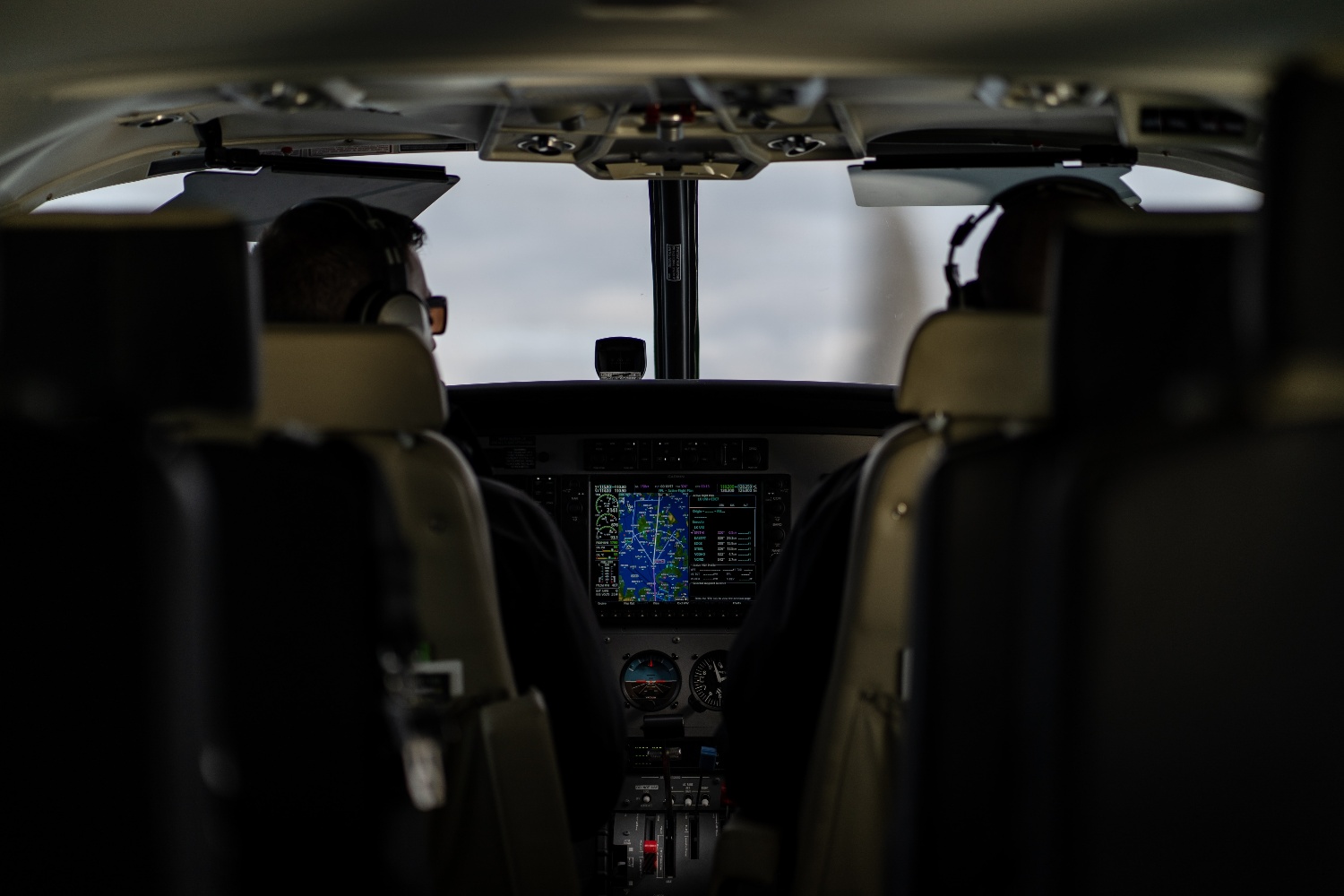The Three Underlying Causes of General Aviation Accidents
According to the National Transportation Safety Board (NTSB), pilots cause more accidents than any other factor in the aircraft. At the root level of most accident reports, a pilot makes a decision that leads to the eventual accident. The NTSB does not always list pilot error in the reports, but loss of control inflight, controlled flight into terrain, fuel mismanagement, unintended flight into IMC, midair collisions, low-altitude operations, and several other leading causes of GA accidents can be traced back to the pilot.
In all these cases, you often will find there was a problem with the way the pilot was thinking, or with the execution of the physical skills and procedures necessary to be the Pilot in Command (PIC) of an aircraft. Even if the proximate cause of an accident is weather-related, the pilot decides to fly in those conditions.
It is worthwhile to dig into the weeds of accident reports and try to identify the specific skills to which general aviation pilots should pay more attention, but the big-picture takeaway for how to prevent accidents is straightforward: We need more proficient pilots. The airlines and the military have proven the validity and the effectiveness of emphasizing pilot training above all else. Unfortunately, we also have seen what can happen when pilot training takes a back seat to technological advancements.
While commercial pilots have more tools at their disposal, they also train every six months on a range of skills and scenarios that push them to maintain their proficiency. Regardless of the technology and equipment in the aircraft, a proficient pilot is the best way to ensure a safe flight every time. So, what is preventing general aviation pilots from achieving the level of proficiency they need to avoid accidents?
1. Pilots Don’t Have a Proficiency Goal
Since proficiency beyond currency is not a requirement in general aviation, it can be an amorphous goal for pilots that is hard to define. Every pilot wants to be proficient, but most general aviation pilots do not have clearly articulated criteria for determining proficiency. The Federal Aviation Administration’s (FAA) Airman Certification Standards (ACS) provide the minimum requirements pilots must meet to earn a certificate or rating, but pilots and flight training organizations largely are left to their own devices to determine standards for proficiency. It is a lot to ask of pilots who do not fly professionally, but the fact that they likely do not fly every day makes defining proficiency even more important.
Flight training organizations and flight instructors can play a pivotal role in helping pilots define and measure their proficiency early on in their private pilot and instrument training. Proficiency can mean different things at various stages in a pilot’s flight training. Flight training organizations and flight instructors know the individual pilot’s strengths, weaknesses, growth, timeline, and several other factors more than any regulatory body. They are uniquely positioned to encourage and assist pilots with their proficiency goals.
Related Content: The Importance of Flight Instructor Proficiency
2. Pilots Don't Have a Personal Proficiency Plan
A goal without a plan is a dream. For general aviation pilots to reach their goal, they need to identify tangible steps to reach proficiency. The FAA refers to these steps as a personal proficiency plan. In AC no. 61-98D -- 1.9.1, the agency says that “pilots should design a currency program tailored to their individual operating environments and needs, which should emphasize proficiency beyond the minimum currency requirements. In most cases, pilots may integrate currency criteria with normal operations to reduce the need for separate currency flights. For example, pilots could incorporate additional takeoffs and landings, instrument approach procedures (IAP), or specialized takeoffs and landings, such as short or soft field, into a planned flight. In most cases, pilots should consider the need for currency beyond that specified by 14 CFR.”
The same advisory circular goes on to provide pilots with sample proficiency goals and advice for how to develop a proficiency practice plan. These are great resources for pilots to get started with a proficiency plan and study for a checkride, but they focus too heavily on maneuvers to become a pilot’s complete guide to proficiency. While the physical skills of flying are an important part of the proficiency equation, there is a reason pilots with between 100 and 400 hours of total time tend to crash more airplanes than newly certificated pilots. The average flight that ends in an accident does not involve steep turns, ground reference maneuvers, or slow flight. Typically, it involves a cross-country trip through weather or another scenario in which a pilot makes a bad decision that renders his/her ability to control the aircraft irrelevant.
Related Content: GA Safety Trends: What Should We Worry About?
Judgment and decision-making are at the crux of most general aviation accidents, and frequent scenario-based training is the best way to strengthen those largely unquantifiable skills. Pilots can read accident reports, Never Again, I Learned About Flying From That, and other resources in general aviation publications to spend time thinking through accident scenarios step-by-step. We also published a guide to help flight instructors create engaging and challenging scenarios for their students.
3. Pilots Don't Practice for Proficiency
Traditional practice is time-consuming and expensive. It entails going to the airport, booking a plane, conducting a pre-flight, and flying to the practice area to do some maneuvers the pilot thinks will help build proficiency. However, pilots who do not fly professionally may struggle to find the spare time and money to train this way.
For that reason and others, flight simulation can be an effective tool for helping pilots train to proficiency. While accessing a flight simulator still requires an investment of money, if not time as well, it requires significantly less than that of aircraft training. Flight schools can help students access their simulator by allowing them to block time or use it without an instructor.
Maintaining a consistent schedule for simulator training is a great policy for pilots who want to improve their proficiency. Unlike aircraft training, which often can be delayed by instructor availability and routine maintenance, flight simulator training generally is a dependable training event pilots can mark on their calendars.
It also lends itself much better to scenario-based training. In a flight simulator, pilots can train for emergencies, set the weather conditions, change the stage of flight, and take off from an airport halfway around the world from their home. Flight simulation allows pilots to establish an environment that pushes them to maintain their proficiency—something they would never do in the airplane intentionally.
The general aviation industry should continue to invest in developing resources for pilots to gain and maintain proficiency. However, regardless of the resources on which pilots base their proficiency plans, scenario-based training should be at the forefront of their learning.
Photo by Victor ZhukShare this
You May Also Like
These Related Articles

When Confidence Breeds Complacency in Your Flying

5 Concepts in Business That'll Improve Your Pilot Proficiency Plan

